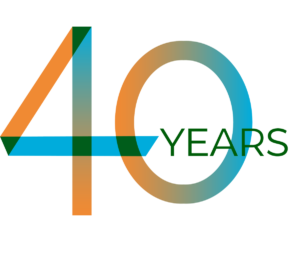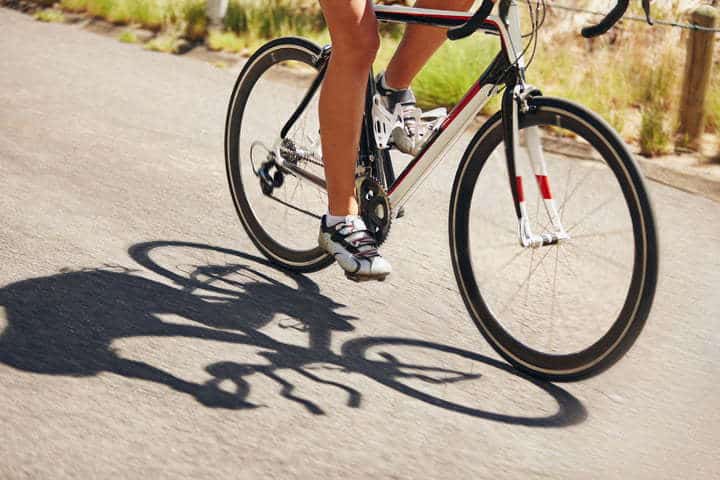Michael Arvidson, Duo-Gard’s executive vice president, is at the forefront of our support for the biking movement. We asked him to share some insight about current trends he sees. We hope you find it helpful and would welcome your views.
Interview by Rylie Miller, Marketing Coordinator
Q: What are the trends you are seeing in biking today?
There are a lot of trends in play, but I think in the U.S. and Canada focus is on providing a safer infrastructure for biking and its use for transportation. There are significant strides being made in projects such as complete streets and protected bike lanes that are being implemented across North America. I think these types of enhancements are one of the key improvements I am seeing for people who are using their bikes more: it’s all about the element of safety. No one wants to ride on a street where there’s a lot of inherent danger and distracted drivers – and that is a big deterrent for people using their bike to get from point A to point B. Cities are improving their infrastructure, and that’s where we fit in the mix. We are providing the end-of-trip type facilities, so when you get to your destination there is a safe and secure place to keep your bike until you return. Providing highly visible and effective infrastructure is making a difference in the advancement of biking as a mode of transportation. Safety and security in biking are the primary targets of current advocacy and project implementation
Q: What do these trends signify and what are you thinking about them?
I think it’s all part of a higher-level multi-modal approach to transportation. There’s definitely a big push to minimize the carbon footprint, reduce congestion in cities, and incorporate more avenues for biking and walking. There is growing support across the board for these goals. Where Duo-Gard is headed is continuing to follow that path and blaze our trail, because we believe in it too. That’s one thing about Duo-Gard: we have always been on the frontlines of products and innovations that make sense for each person and makes sense for the planet. When we started manufacturing bike shelters in 2003, there was no other company making them in the United States or Canada. We have seen (and been part of) the many incredible improvements in biking infrastructure across North America over that time period. Recently we’ve chosen Securabike as our bike parking line, because of the many successful and diverse solutions available in bike amenities. We’re excited about the future.
Q: What do these trends mean for the biking community overall?
In the short term, they provide safer use of bikes, along with the ability to enable biking to play a more dynamic role in day-to-day transportation. In the future, biking will continue to evolve into a more high-profile and safer mode of transportation. Although change seems slow, we have seen tremendous improvements in safety and a more defined interest in biking infrastructure. The snowball is gaining momentum and it’s been an exciting ride being a small part of the overall improvements. It has been rewarding to see the response to our bike shelters and their presence in the landscape. The highly visible investment in long-term biking infrastructure creates attention that draws more people into biking and creates better pathways for biking as a mode of transportation.
Q: How will these trends make an impact on the biking community?
I think the trends are continuously changing and gaining better focus. Our product lines reflect the emerging needs in the marketplace. This year we came out with our Secura-Gard, which is a cell phone app you can use to enter a secured biking area (and manage one as well). This development came about due to a higher emphasis and need to manage secured bike parking areas. Five years ago this was on very few peoples’ radar; now it’s a trend that is taking off. I think there will be a lot of new ways to use apps on phones that will provide security, and that’s what we’re implementing into our product lines.
Q: What is prompting these trends?
Demand for implementing biking as a vital mode of transportation. In North America there is an overall lack of infrastructure for biking as well as safety. Studies show young people want to live in vibrant downtown areas where they don’t necessarily need to own a car; they want to be able to get around with public transportation, a bike, or walking. The cities that have the best opportunities for these modes of transportation are more attractive to the emerging work force. This creates competition among cities, and they are investing significant money in this infrastructure to create quicker and more viable results. Great to see.
Q: What do you foresee as the result of these trends?
We’ve seen a lot more people utilizing alternate modes of transportation, and it’s on a pretty strong curve of growth – at least relatively. Safety for the riders is critical for this growth to accelerate. Better infrastructure is important too, as higher investment and visibility have a very positive effect in the process.
Q: What changes are you seeing or do you foresee in terms of our approach to the biking community?
I think there continues to be more attention on what is needed in this country, which includes better ideas, better legislation, and investment for future generations. It is great to see these initiatives taking place more on a local level as a larger grassroots wave of interest in change is growing. At Duo-Gard, we look forward to being involved in those discussions and to continuing to create solutions as new developments occur with the biking community. It’s an enthusiastic movement, and our goal is to produce products enabling solutions that will make a difference.
Q: How do you manage thought leadership for your division?
Duo-Gard has been very successful in being a quality solution provider over our 30+ year history. When we created our first line of bike shelters in 2003, we quickly became immersed in the challenges facing the widespread implementation of better biking infrastructure. We routinely try to understand our customers’ challenges, develop better innovations/solutions, and assist in finding ways to create an outstanding result. It is important to be sensitive to the changing needs and to enabling outcomes that are quality, cost-effective and endure the test of time. If we can continue to collaborate with our customers and clients to exceed their expectations, we will grow our products and services for our marketplaces.



